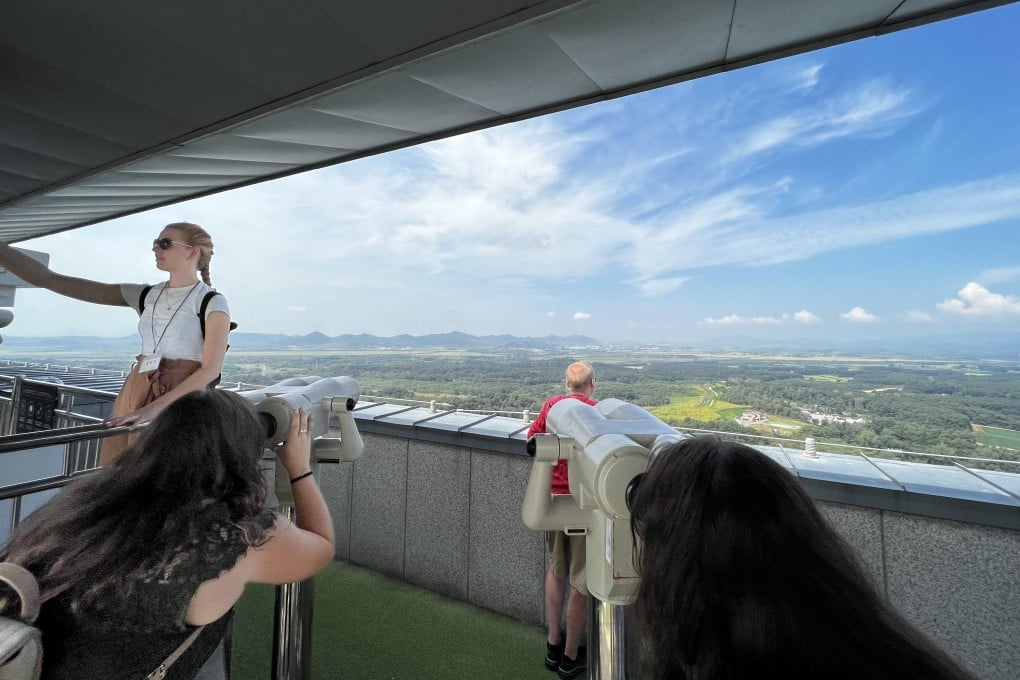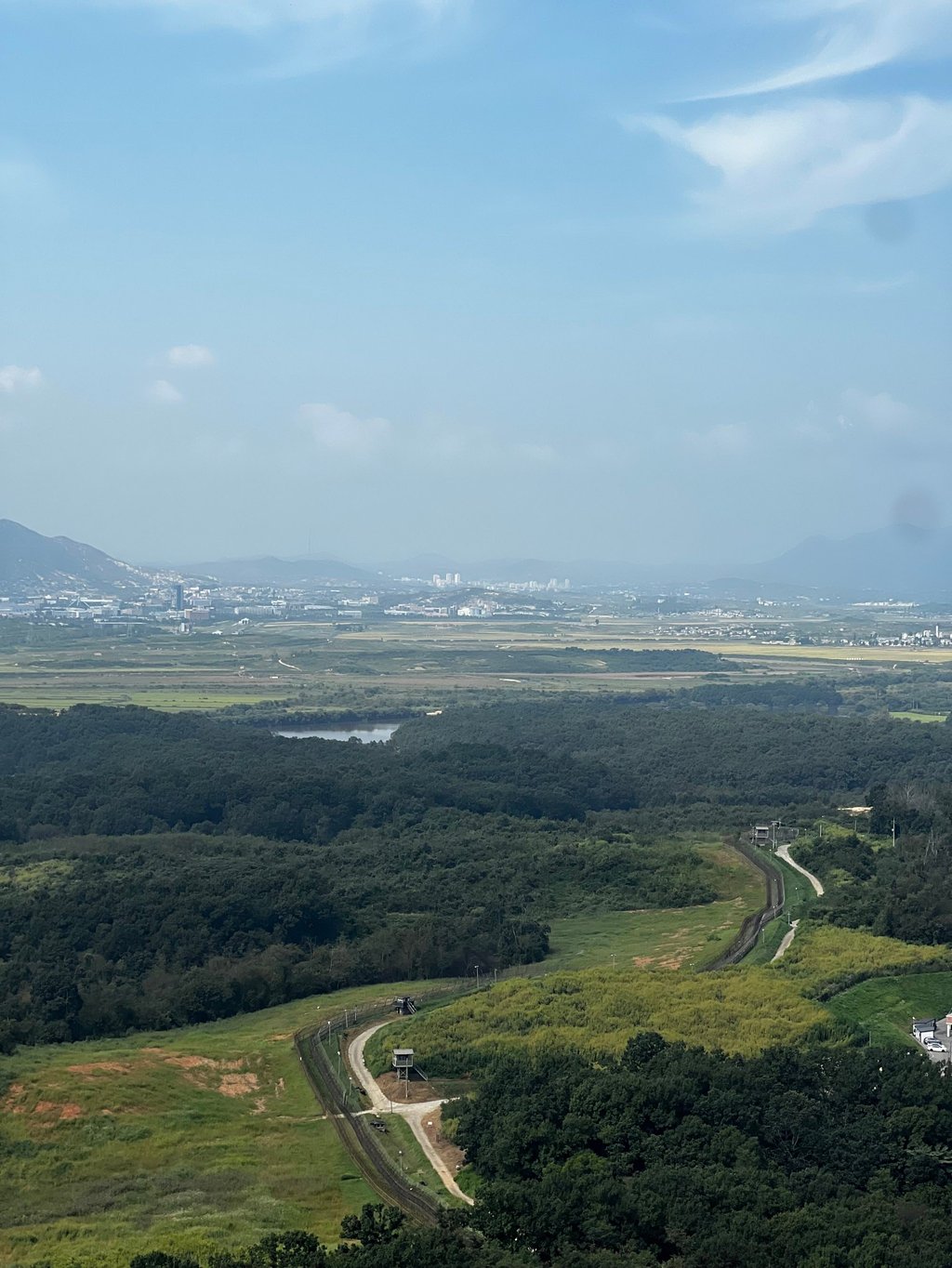The Korean DMZ: bridges and bullet holes, tunnels and memorials, and a lush strip of no man’s land riddled with landmines
- For many, a trip to South Korea isn’t complete without visiting the border and peering into the demilitarised zone and secretive North Korea
- See the memorial where South Koreans pray for ancestors in the north, infiltration tunnels, and bridges that once connected two nations technically at war

As dividing lines go, the demilitarised zone (DMZ) between South and North Korea is not an unattractive one. It is a lush strip 4km (2.5 miles) wide, teeming with wildlife, that extends 250km from east to west, cutting the Korean peninsula in two.
Not that you’d want to wander through it, though; there are around two million landmines buried in the DMZ – a vestige of the Korean civil war in the early 1950s, a conflict that claimed more than three million lives.
The area surrounding the DMZ is, however, militarised, too; the two Koreas have observed an uneasy ceasefire for seven decades and have one of the world’s most heavily guarded borders.
The Military Demarcation Line (MDL) is the actual border between South and North Korea and is at the centre of the DMZ. The Northern Limit Line (NLL) and Southern Limit Line (SLL) each lie 2km away from the MDL, and mark the extent of the zone in each direction.

Many lives were affected by the construction of the DMZ. More than 130,000 South Koreans were separated from family members in the North when it blocked all transport between the two Koreas.
The zone remains a geopolitical hotspot, as North Korea’s dictatorial regime develops its nuclear weapons under the watchful gaze of the democratic South.